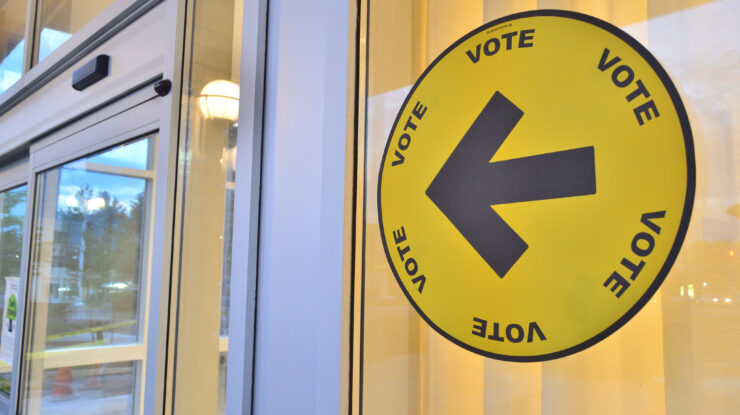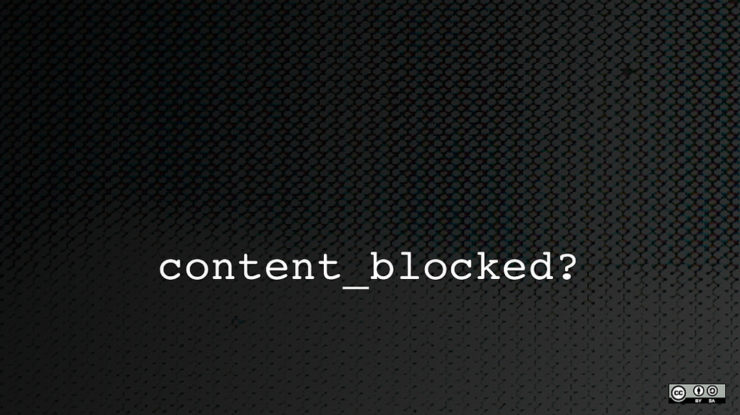The government’s AI consultation concluded at the end of October with expectations that a strategy will emerge before the end of the year. I participated in the consultation with a brief submission and in an appearance as a witness before the Standing Committee on Canadian Heritage for its study on the effectiveness of technological advances in artificial intelligence on the creative sector. That study touched on many of the same issues as the AI consult with robust discussion on transparency, regulation, and navigating potentially conflicting policy objectives. This week’s Law Bytes podcast offer up a taste of both with the key issues raised in the submission and clips from the committee appearance including my opening statement and exchanges with multiple MPs.
Latest Posts
How the Liberal and Conservative Parties Have Quietly Colluded to Undermine the Privacy Rights of Canadians
It hasn’t received much attention, but the government and official opposition – ie. the Liberals and Conservatives – have been quietly working to pass legislation that undermine the privacy rights of Canadians, effectively exempting themselves from the privacy rules imposed on everyone else. As I highlighted in June, Bill C-4 was promoted as “affordability measures” bill but it also includes provisions that exempt political parties from the application of privacy protections. The provisions, which come toward the end of the bill, are deemed to be in force as May 31, 2000, meaning that they retroactively exempt the parties from any privacy violations that may date back decades. The House of Commons Standing Committee on Finance wrapped up its study of the bill last week and incredibly it refused to hear from any witnesses that would speak to the issue. In fact, despite concerns raised in briefs from the Privacy Commissioner of Canada and the Commissioner of Elections, the committee (consisting almost entirely of Liberal and Conservative MPs) limited its discussion of an entire section of the bill to a thirty second description of the provisions from a government official. No witnesses, no debate, no acknowledgement of concerns raised by experts. It was as if the provisions do not exist.
The Law Bytes Podcast, Episode 248: Mark Surman on Why Canada’s AI Strategy Should Prioritize Public AI Models
AI Minister Evan Solomon’s AI public consultation – framed as a 30 day sprint – wrapped up last week with expectations that the government will unveil a new AI strategy by the end of the year. Much of the emphasis to date has focused on how Canada can ensure that it is an AI leader with Solomon previously warning about how the government may have “over-indexed” on AI regulation. Mark Surman, the President of Mozilla, has been a leading global voice on digital policy for many years. He has been increasingly vocal about the benefits of public AI as a counter to the big tech leadership. He joins the Law Bytes podcast for a wide ranging discussion on digital policy, the role of open source, and benefits of a public AI model.
We Need More Canada in the Training Data: My Appearance Before the Standing Committee on Canadian Heritage on AI and the Creative Sector
The government, led by AI Minister Evan Solomon, is currently conducting a short consultation on AI regulation that has attracted criticism for its short time frame. At the same time however, the Standing Committee on Canadian Heritage has been working through a study on AI and the creative sector that may be more limited in scope, but has featured a broader range of perspectives. I had the opportunity to appear before the committee yesterday where I lamented that too often debates on new technology is framed “as a threat, emphasizes cross-industry subsidies, and misses the opportunities new technology presents. We therefore need risk analysis that rejects entrenching the status quo and instead assesses the risks of both the technology and the policy response. I’ll post the full discussion (which ventured into AI transparency, copyright, the news sector, and much more) in a future Law Bytes podcast episode. In the meantime, my opening statement is embedded and posted below.
The Law Bytes Podcast, Episode 247: My Senate Appearance on the Bill That Could Lead to Canada-Wide Blocking of X, Reddit and ChatGPT
Bill S-209, the legislative effort to establish age verification requirements for sites and services that are said to facilitate access to pornography, is back. The bill has some modest improvements from the earlier S-210, but the core concerns – overbroad scope that lumps in social media companies, Internet providers, and AI services with pornography sites, the privacy and equity implications of mandated age verification, and the use of nationwide website blocking – remain. Last week, I appeared before the Standing Senate Committee on Legal and Constitutional Affairs where I identified many of the concerns with the bill and engaged in a detailed discussion with multiple senators. This week’s Law Bytes podcast goes inside the hearing room for my opening statement and the Q&A with Senators that followed.

























